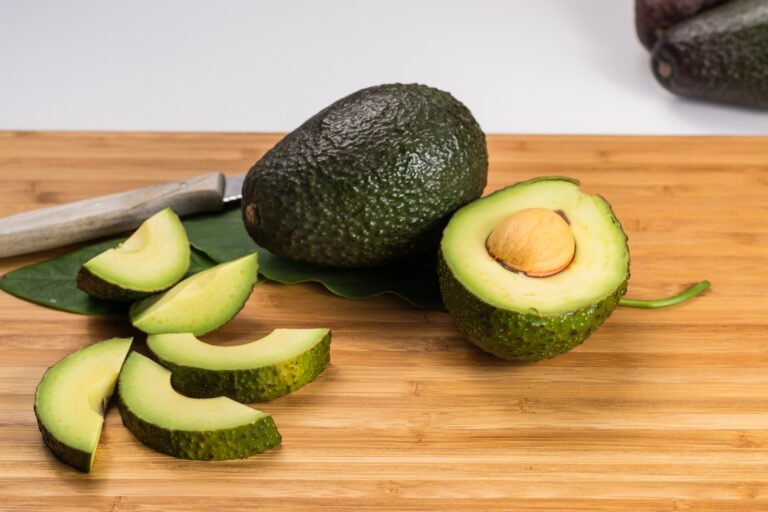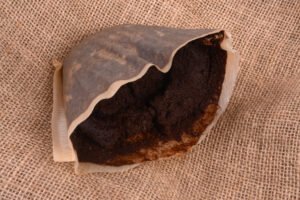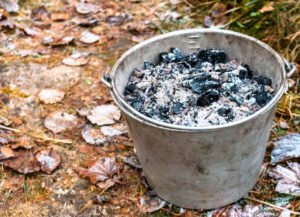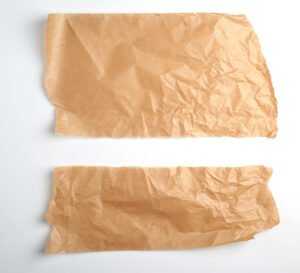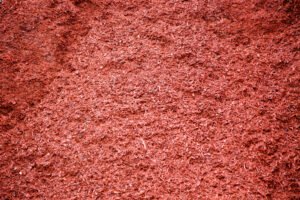Avocados are delicious, nutrient-dense fruit. But once you’ve relished it, you’re left with a bunch of pits. So, what if you could use these avocado pits to enrich a garden? That’s right! But how would you do that? Should you bury them in the soil? Or can you compost avocado pits? Let’s have a peek!
Key Takeaways
- Avocado pits are compostable and provide carbon-rich nutrients to the compost as ‘brown materials.’
- You can compost avocado seeds through hot composting in a bin or Vermicomposting.
- Crush the pits before adding them to the compost pile to speed decomposition and reduce the risk of sprouting.
- Avocado seeds are a substitute for yard waste and provide food and energy for the microbes for longer.
Are Avocado Seeds Good for Compost?
Avocado seeds are a fantastic and healthy composting ingredient since they serve as a ‘brown’ material and supply carbon and energy to the decomposing microbes.
Avocado peel and meat can also be composted as green, nitrogen-rich organic materials. You can cut them up and compost them with other compostable food scraps.
How to Compost Avocado Seeds
Now that you know avocado pits can be composted, and are actually a good soil additive, let’s understand how to do it.
Well, if you want to add avocado pits to an already active and healthy compost pile, simply crush and bury them in the center of the compost heap.
But if you wish to start a new pile to compost avocado seeds, follow these steps:
Step 1: Crush the Avocado Pits
An avocado seed, as you can see, is very rigid. So, if you toss it in a compost pile as it is, it may sit in a corner for months without decomposing.
So, it’s best to break or crush them into tiny pieces before adding them to the compost bin. You can crush them in two ways: grind the seeds in a blender or smash them with a hammer.
Soak the avocado pits for a few hours to soften them. It will ease up the crushing part and boost the decomposition rate.
Step 2: Mix Pits with Other Brown Materials
Mix the crushed avocado pits with other carbon-rich brown materials like yard waste, hay, woodchips, leaves, newspapers, sawdust, chipped tree branches, straws, shredded cardboard, and even shredded paper towels and bags.
Browns supply energy to the microbes and keep the pile aerated.
Step 3: Prepare the Bedding
Add a firm layer of all the browns at the bottom of the compost pile. This will prevent any unpleasant odors and spills in your garden.
Step 4: Add Green Materials
Now add the second layer of green materials. This may include kitchen scraps like coffee grounds, fruit and vegetable skins, eggshells, shrimp shells, etc.
You can also include the flesh and skins of an unused or old avocado in your compost pile.
Food scraps and greens are essential for composting as they provide nitrogen and heat for microorganisms to reproduce and grow.
Do not use oily food waste, meat, or bones, as these materials release foul odors and attract pests.
Step 5: Repeat the Green and Brown Layers
Rep the brown and green layers until you’ve sorted all the composting waste.
Then, top the final layer with brown materials, fresh soil, or compost (if you have it ready).
A healthy compost pile needs a good balance of greens and browns. Generally, a ratio of 3 parts browns to 1 part greens is ideal for composting, but you can adjust this depending on needs.
Step 6: Maintain the Bin
Start turning your compost pile once or twice a week to generate heat. Keep monitoring the temperature and moisture content of the pile for effective composting. If you add new material after a week, mix it evenly throughout the pile.
If your compost pile is leaking or stinking, add more brown matter to it. If it’s cold and slow, add more greens to it.
How Long Does It Take For Avocado Pits To Decompose?
Avocado pits can take 6-12 months to decompose entirely. Crushing and soaking the pits may increase the breakdown rate to some extent.
Many factors affect decomposition time like temperature, aeration, moisture, material ratio, ingredient surface area, etc. Maintain everything rightly, and you’ll have good compost in a few months.
Can You Compost Avocado Pits In A Worm Farm?

Yes, crushed avocado pits can be mixed with other brown materials to make a worm bin or a worm farm bedding. This bedding serves as a stable food source for the worms and other microorganisms engaged in vermicomposting.
All you need to do is soak and crush the avocado seeds and layer them on the worm bed for worms to grit.
You can also put the avocado peel in your worm bin, and the worms will turn it into a good, rich organic fertilizer.
Although worms will eat the avocado flesh, too, avoid adding it to the worm bin as it is an oily substance. Nonetheless, it won’t have any adverse impact.
Benefits of Composting Avocado Seeds
If you’re wondering why you should compost avocado seeds, you must realize these benefits:
- Avocado pits add carbon to your compost bin, providing food and energy to the microbes for a long time.
- If you do not have enough yard waste to put in a compost heap, avocado seeds are a suitable substitute.
- Avocado pits add structure to the compost and improve its quality.
- It reduces the amount of food waste disposed of in landfills.
Additional Tips for Composting Avocado Fruit Pits
The following tips will help you in composting avocados effectively and healthily:
- Do not add the avocado fruit seeds on top of the pile. Instead, always bury it deep, at the center of the pile where it’s the hottest.
- Soak the avocado seed for a few minutes before composting to soften it.
- Do not compost the pits as a whole, as they can sprout in the moist environment inside the bin.
- Avoid adding the pits from rotten avocados as they might contain some unhealthy pathogens that might get transferred to the compost.
- Always add the seeds with other soft organic matter to the compost pile. Adding them alone may or may not attract microbes for feeding, resulting in a slower breakdown.
3 Other Interesting Ways to Use Avocado Seeds
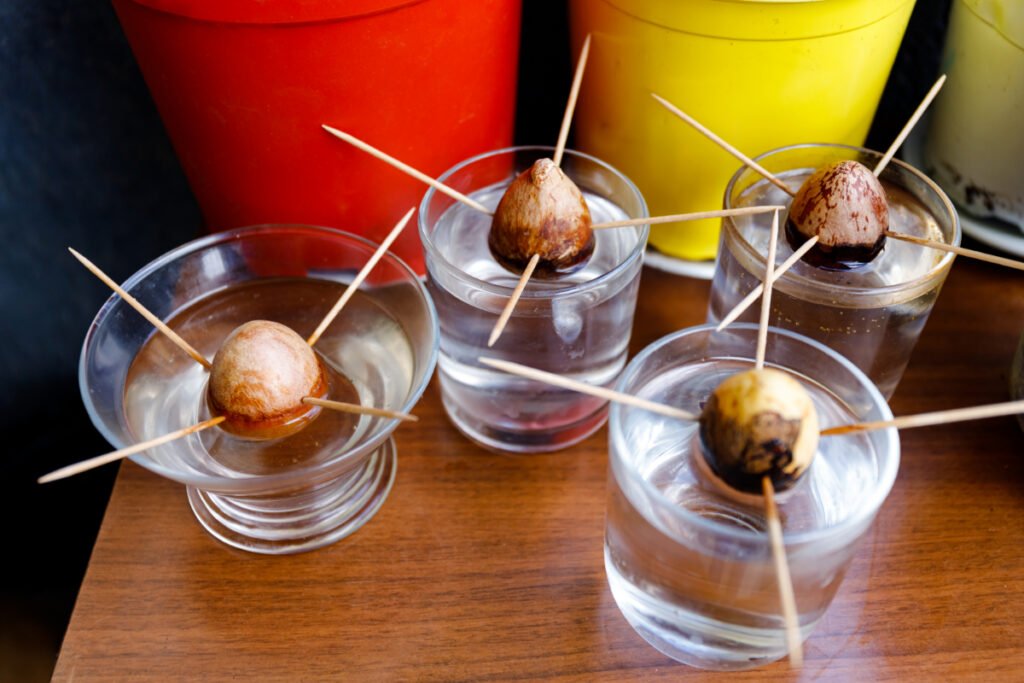
Composting isn’t the only way to reuse this tasty fruit’s seed. So, if you don’t have a compost or worm bin, you can use the pits in the following ways:
1. Grow an Avocado Tree:
The most common and obvious use of an avocado seed is growing a lovely avocado plant in your garden.
Simply clean or soak the seed and peel off its skin. Then place it in a jar of water using toothpicks, dipping only the bottom in water. Put this jar in a sunny corner of your kitchen.
The seed will sprout within a few weeks. Then you can transplant this taproot into fertile soil and grow it with care.
2. Make Dye:
Avocado pits are an excellent source of natural and organic red-pink dye. To make this dye, boil the avocado seeds in water and then leave them to simmer until the water gets the color.
Let it sit for a few hours or overnight, and then remove the seeds. Store the dye in a bottle.
3. Make a Facial Mask:
Last but not least, you can use avocado pits to make a healthy homemade face mask for your skin. They are high in antioxidants, making them an excellent ingredient for the skin.
Blend the seeds with other skin-friendly ingredients, or add the seed mixture to a ready-made facial mask.
Can an avocado pit sprout in a compost pile?
There’s a chance your avocado pit will sprout If you throw it in a compost bin without crushing it. The seed can germinate in the presence of sunlight and moisture. So, it’s best to break down the pit into pieces to compost them.
Can you compost a moldy avocado?
A moldy, unused, or old avocado can be composted. Molding is just a sign of decomposition. So, if your avocado is moldy, it has begun to decompose and is ready to go in the compost pile. However, avoid adding a completely rotten avocado.
Are avocado seeds biodegradable?
Avocado seeds are biodegradable, making them compostable. They may take longer to decompose than other organic materials, but they eventually decompose and turn into healthy soil fertilizer.
How to grind avocado seeds?
Dehydrate the avocado seed in the oven for about an hour. Then, chop it into small pieces and blend it in a mixer or food processor to the desired consistency.
Avocado pits do not belong in a garbage can since they are good for many things ranging from composting to making a pink dye.
Like avocado pits, orange peels can be used in gardening, making bath oils, and so on. If you’re interested in composting orange peels, join us now!
